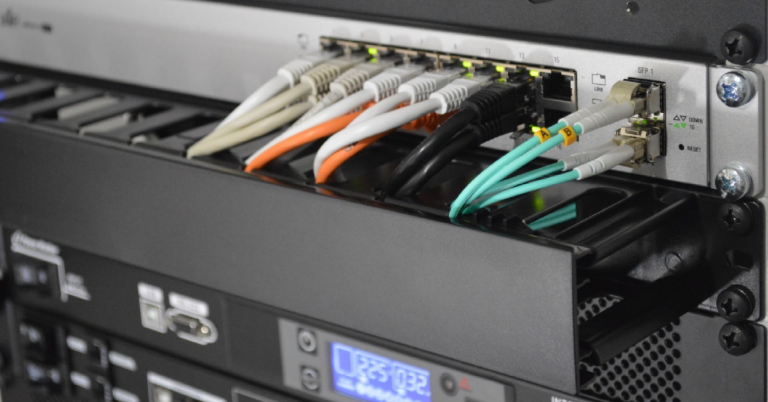How to Back Up and Restore Configuration on MikroTik
Table of Contents
Why Backing Up Your Configuration is Essential
Backing up your MikroTik configuration is crucial for several reasons:
- Prevent Data Loss: Restore settings quickly after hardware failure or accidental changes.
- Save Time: Avoid the need to reconfigure everything from scratch.
- Testing Configurations: Experiment with changes knowing you can revert to a stable state.
Types of Backups in MikroTik
MikroTik offers two primary ways to back up your configurations:
- Binary Backup: Creates a full snapshot of the router, including configuration, user accounts, and certificates. It’s specific to the hardware.
- Export File: Produces a human-readable script of the configuration. It’s hardware-independent and ideal for replicating settings on different devices.
How to Back Up Configuration
Follow these steps to back up your MikroTik configuration:
1. Create a Binary Backup
This method is quick and ideal for restoring on the same device:
- Open WinBox and log in to your MikroTik router.
- Navigate to Files in the left menu.
- Click Backup.
- Provide a name for the backup file and add a password (optional).
- Click OK to create the backup. The file will appear in the Files list.
- Download the file to your local computer for safekeeping.
2. Export Configuration as a Script
Use this method to create a script file that can be used across devices:
- Open the MikroTik terminal.
- Run the following command to export the configuration:
/export file=backup_script - Go to Files and download the
backup_script.rscfile to your computer.
How to Restore Configuration
Restoring your configuration is straightforward:
1. Restore from Binary Backup
- Upload the backup file to the MikroTik device using WinBox (Files section).
- Navigate to Files, select the backup file, and click Restore.
- The router will restart automatically after restoring the configuration.
2. Restore from Export Script
- Upload the
.rscscript file to the router using WinBox (Files section). - Open the terminal and execute the script:
/import file=backup_script.rsc - Verify the configuration to ensure it was restored correctly.
Best Practices for Configuration Management
- Regular Backups: Create backups after significant changes.
- Store Securely: Save backups on a secure and redundant storage location.
- Use Descriptive Names: Name backup files with a date or description for easy identification.
- Test Backups: Periodically restore configurations on a test router to ensure they work.
Conclusion
Backing up and restoring MikroTik configurations is a vital skill for network administrators. By following this guide, you can ensure your network remains resilient and recoverable in the event of hardware failure, misconfigurations, or other issues.
Check our list of MikroTik guides.



